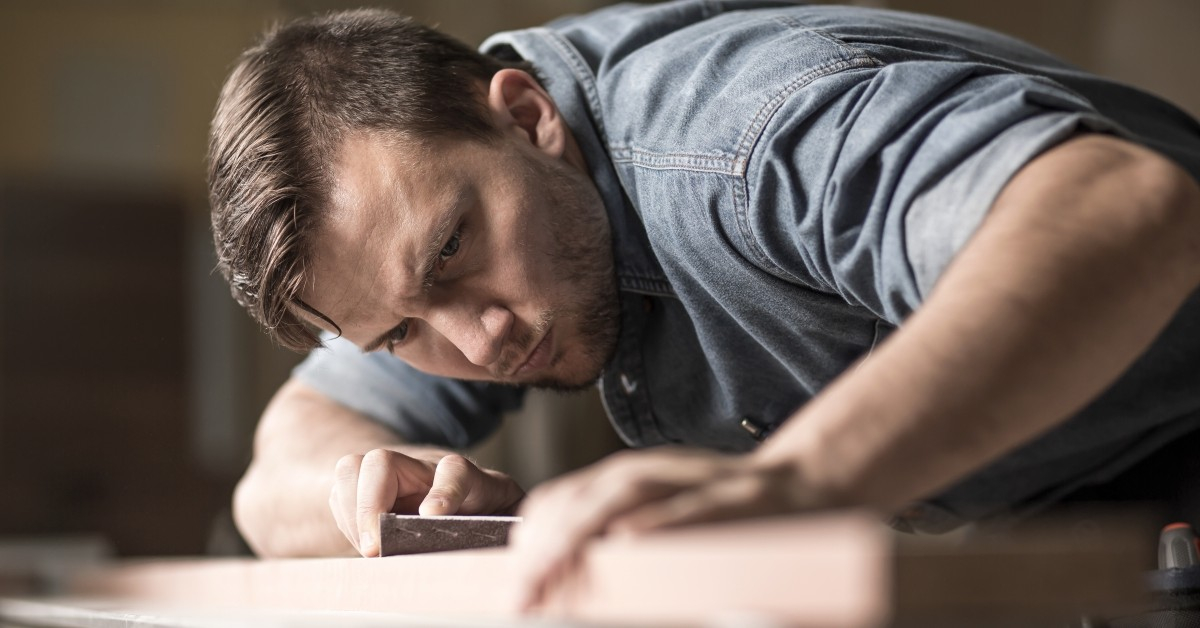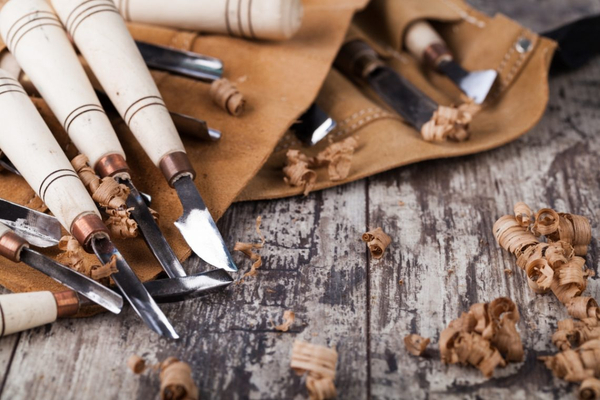Purpose
One of the most important things to consider when choosing a wood species is what your finished project will be used for and where it will be used. Is it a small, decorative piece like a candlestick holder or a shelf to display trinkets on, or is it a more functional piece like a chair or side table? Will it be used indoors or outdoors? Considering the function of your piece can help you determine whether a hardwood is best for your project for durability, or if a softwood would be more suitable for aesthetics. Indoor temperatures and humidity don’t fluctuate nearly as much as outdoor ones do. Considering the environment your finished piece will be in can help you choose a wood that has appropriate expansion and contraction properties to it.
Budget
Wouldn’t it be awesome if you didn’t have a budget when it came to your DIY woodworking project? Unfortunately, most of us do and this is something to consider when choosing wood because some species are more expensive than others. For example, cherry, mahogany, and rosewood are all quite expensive when compared to pine, ash, and oak. In general, hardwoods tend to be more expensive than softwoods do, which makes sense given that they tend to be more durable and less susceptible to damage.
Appearance
Just as no two individuals are alike, no two species of wood are the same. They all feature unique textures, colors, and grain patterns and the appearance of the wood you choose can have a big impact on the overall appearance of your finished project. For example, oak is a popular type of open-grain wood that features large pores in it. This gives it a rustic feel, which may be just right for your rustic furniture project. Cherry and maple are closed-grain woods that offer a smoother finish and texture, making them ideal for sleek, modern furniture.



